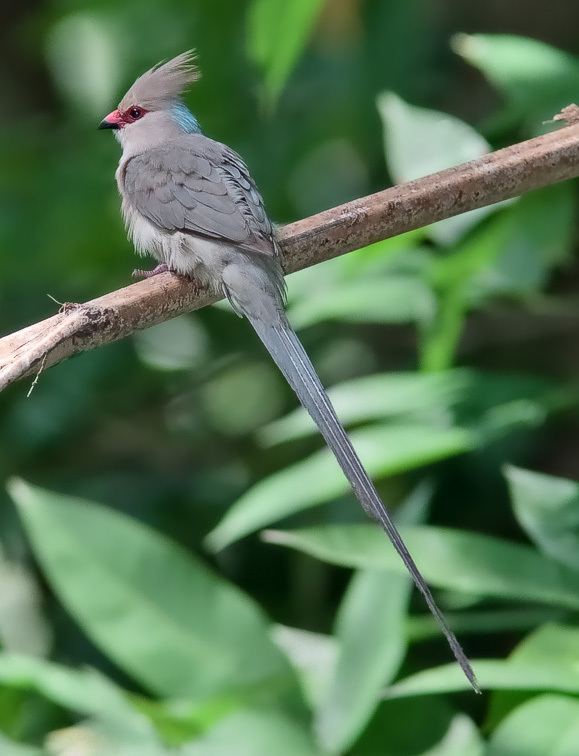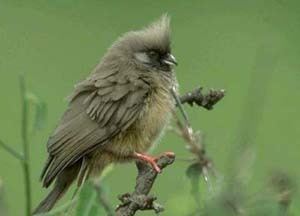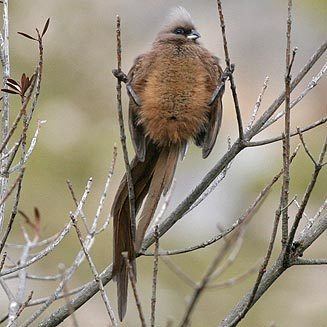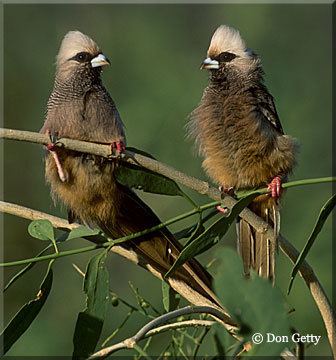Scientific name Coliiformes | Clade Coraciimorphae Phylum Chordata Rank Order | |
 | ||
Family ColiidaeSwainson, 1837 Lower classifications Speckled mousebird, Colius, Blue‑naped mousebird, Red‑faced mousebird | ||
Red faced mousebird s beautiful call
The mousebirds (family Coliidae, order Coliiformes) are a family of birds. They are the sister group to the clade Eucavitaves, which includes the cuckoo roller (Leptosomatiformes), trogons (Trogoniformes), Bucerotiformes, Coraciformes and Piciformes. The mousebirds are therefore given order status as Coliiformes. This group is confined to sub-Saharan Africa, and is the only bird order confined entirely to that continent. They had a wider range in prehistoric times and apparently evolved in Europe.
Contents
- Red faced mousebird s beautiful call
- Mus meets webster introducing mousebirds part 1
- Description
- Behaviour and ecology
- Systematics and evolution
- Taxonomy
- References

Mus meets webster introducing mousebirds part 1
Description

They are slender greyish or brown birds with soft, hairlike body feathers. They are typically about 10 cm in body length, with a long, thin tail a further 20–24 cm in length, and weigh 45–55 grams. They are arboreal and scurry through the leaves like rodents, in search of berries, fruit and buds. This habit, and their legs, gives rise to the group's English name. They are acrobatic, and can feed upside down. All species have strong claws and reversible outer toes (pamprodactyl feet). They also have crests and stubby bills.
Behaviour and ecology

Mousebirds are gregarious, again reinforcing the analogy with mice, and are found in bands of about 20 in lightly wooded country. These birds build cup-shaped twig nests in trees, which are lined with grasses. Two to four eggs are typically laid, hatching to give altricial young which develop quickly and soon leave the nest and acquire flight.
Systematics and evolution

The mousebirds could be considered "living fossils" as the 6 species extant today are merely the survivors of a lineage that was massively more diverse in the late Paleogene and Miocene. There are comparatively abundant fossils of Coliiformes, but it has not been easy to assemble a robust phylogeny. The family is documented to exist from the Early Eocene onwards; by the Late Eocene or earlier, two families are known to have existed, the extant Coliidae and the longer-billed prehistorically extinct Sandcoleidae. The latter were previously a separate order, but eventually it was realized that they had come to group ancestral Coraciiformes, the actual sandcoleids and forms like Neanis together in a paraphyletic assemblage. Even though the sandcoleids are now assumed to be monophyletic following the removal of these taxa, many forms cannot be conclusively assigned to one family or the other. The genus Selmes, for example, is probably a coliid, but only distantly related to the modern genera.
Taxonomy
Order COLIIFORMES

